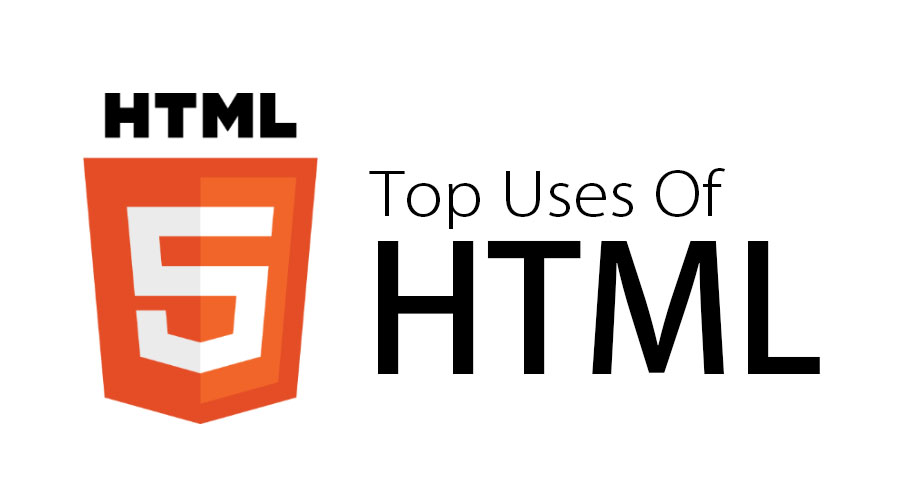
Learning HTML is a great way to start your journey into web development. HTML (HyperText Markup Language) is the standard markup language for creating web pages. Here’s a guideline to help you get started:
1. **Understand the Basics:**
– HTML is composed of elements represented by tags. Tags are enclosed in angle brackets, like `<tag>content</tag>`.
– Learn about the basic structure of an HTML document, which includes the `<!DOCTYPE>`, `<html>`, `<head>`, and `<body>` elements.
2. **Text Formatting:**
– Learn about different heading tags (`<h1>` to `<h6>`) for headings of various sizes.
– Use paragraph tags `<p>` for paragraphs.
– Explore text formatting tags like `<em>`, `<strong>`, `<u>`, `<s>`, etc.
3. **Lists and Links:**
– Understand how to create unordered lists (`<ul>`) and ordered lists (`<ol>`).
– Learn how to create list items using `<li>` tags.
– Create hyperlinks using the `<a>` tag.
4. **Images and Multimedia:**
– Use the `<img>` tag to display images.
– Learn how to embed audio and video with the `<audio>` and `<video>` tags.
5. **Tables:**
– Explore the `<table>` tag to create data tables.
– Use `<tr>` for table rows, `<td>` for table data cells, and `<th>` for table headers.
6. **Forms and Input:**
– Understand how to create forms using the `<form>` tag.
– Use various input types like text, radio buttons, checkboxes, and buttons.
7. **Semantic HTML:**
– Learn about semantic HTML elements like `<header>`, `<nav>`, `<main>`, `<section>`, `<article>`, `<footer>`, etc. These provide more meaningful structure to your content and are essential for accessibility and SEO.
8. **HTML5 APIs:**
– Explore new HTML5 features like geolocation, canvas, local storage, etc.
9. **Validation and Testing:**
– Use W3C’s HTML validator to ensure your HTML code is error-free and follows the standards.
10. **Online Resources:**
– There are many online resources and tutorials available for learning HTML. Some popular ones include MDN Web Docs (developer.mozilla.org), W3Schools (www.w3schools.com), and freeCodeCamp (www.freecodecamp.org).
11. **Practice and Projects:**
– Hands-on practice is crucial to reinforce your learning. Start building small web pages and gradually move on to more complex projects.
12. **Stay Updated:**
– The web development landscape is constantly evolving. Stay updated with the latest HTML standards and best practices.
Remember, HTML is just one part of web development. To create complete and interactive websites, you’ll also need to learn CSS (Cascading Style Sheets) for styling and JavaScript for interactivity. The combination of these three technologies forms the foundation of modern web development. Happy learning!.